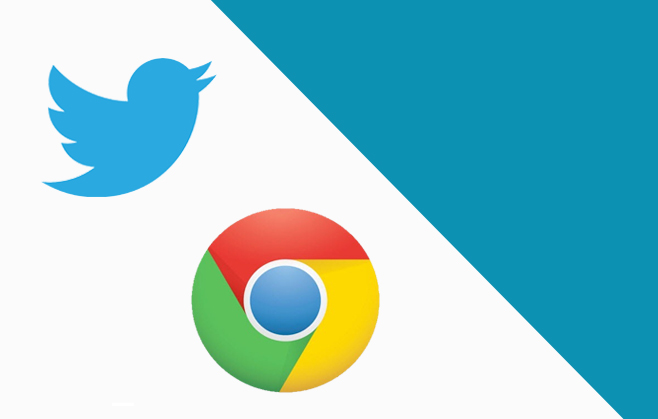
Google and Twitter: Search’s new Power Couple
It seems that everyone, including The Practice team, is talking about Twitter’s latest deal with Google. This partnership will allow tweets to be indexed by the search engine, meaning a multitude of ramifications for both, as well as brands and individuals.
The deal means that Twitter has allowed for Google to have immediate access to its stream of tweets, known as the “firehose”. In just a few months time, tweets will start to appear in Google search results as soon as they’re posted, eliminating the need for the tech giant to comb through the site. It’s likely that tweets will appear in searches worldwide, with CEO Dick Costolo stating they would be visible to anyone regardless of location. Twitter already has similar existing partnerships with Bing and Yahoo, but having Google on its side will of course be vastly more beneficial.
Twitter’s hopes from the deal are that the site and its tweets will now be visible to non-users, attracting monetisation and encouraging new sign-ups. User growth has actually slowed for the site over the past few years, which means the deal might assuage this problem. Forrester Research found that in 2013, Twitter was the second largest consumer social network, but now, it ranks in fourth place due to rapid growth from the likes of Pinterest and Instagram. Twitter’s other recent and related update was the testing of its new Instant Timeline feature, which enables users to see relevant tweets from others they don’t follow. This, in addition to searchable tweets, will most likely be the way for Twitter to engage new users. On Google’s part, the tech giant’s aim has always been to understand users’ search and viewing habits, and online interests. With Twitter under its wing making up for a lagging Google Plus, the company will now have access to content from the site’s 284 million engaged users, making it easier to tailor and target content, and monetize from AdWords.
So how will this affect brands and marketers? The good news is of course increased exposure, which is likely to lead to a larger number of impressions. Currently, it’s natural that predominantly brands with a larger following and high traffic are having a greater number of their tweets indexed. However, the new deal might mean that smaller businesses will now find their tweets appear further up in search rankings, especially if they continue to include Google-friendly content such as hashtags, links and images. The fact too, that Twitter non-users or those logged out will be able to see tweets in search, will also increase on-site traffic to businesses. We’re also likely to see the search engine prioritizing tweets focused on trending topics, in the way that a news site would prioritize breaking news. With this in mind, real-time marketing and live-tweeting will become an even more essential part of any marketer’s strategy if they hope to see their tweets indexed highly.
How do you think the deal will affect marketers? And do you think it will be a chance for Twitter to give Facebook and other social networks some renewed competition? We’d love to hear your thoughts, so please tweet to us @PracticeDigital and share your comments on our Facebook page.




